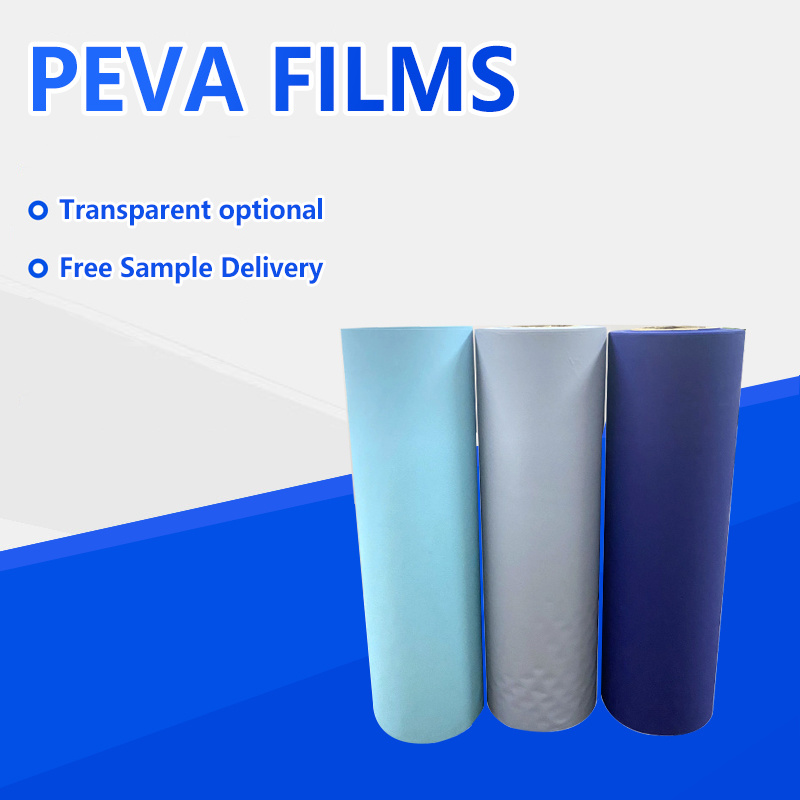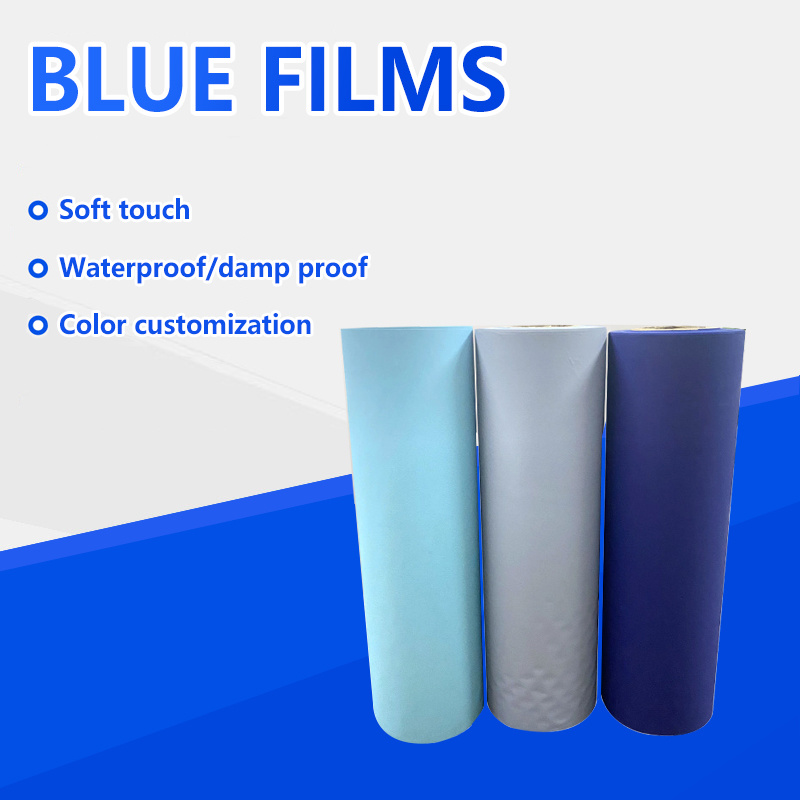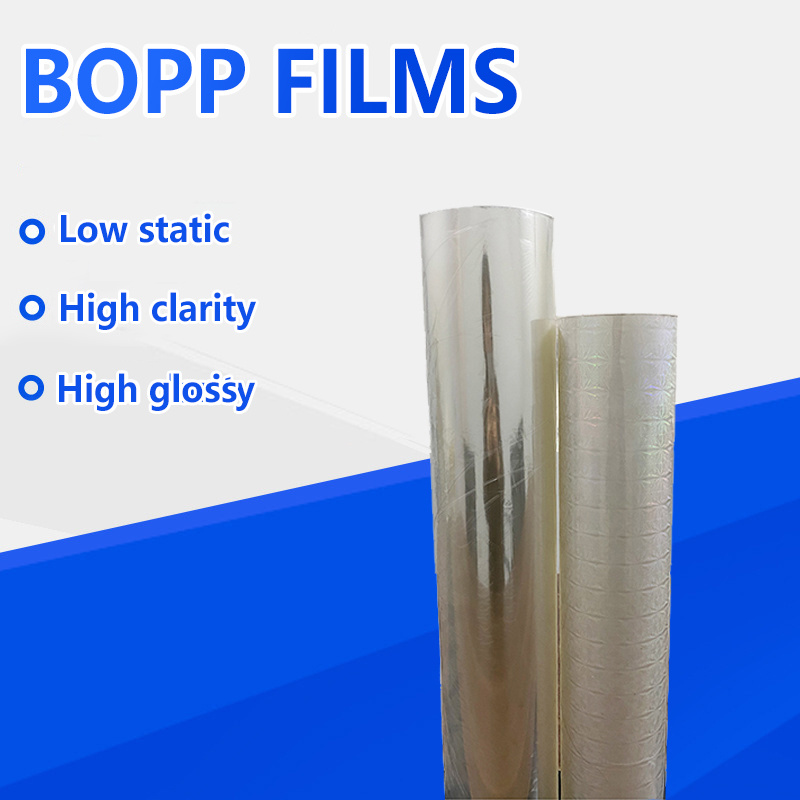CPE FILMS
Classification:
Key words:
Product Details
Commonly used plastic films are polyethylene (PE), polyvinyl chloride (PVC), polystyrene (PS), polyester film (PET), polypropylene (PP), nylon, etc. The performance of various plastic films is different, the difficulty of printing is also different, and the use of packaging materials is also different.
Polyethylene film is a colorless, tasteless, odorless, translucent non-toxic insulation material, a large number of used as packaging bags; food bags, but also to make a variety of containers. It is an inert material, so it is more difficult to print, must be processed, in order to print a better effect.
PVC film has good light resistance and aging resistance, and has good tear resistance. It can be breathable. It is a clean, colorless and transparent film. Generally, plasticizers are added, which is soluble in acetone, Cyclohexanone and other solvents. Therefore, printing can be performed with an ink made of a polyvinyl chloride resin. Suitable for packaging bags, book covers, etc.
Polystyrene film is a soft and tough film, clean, colorless and transparent, without plasticizer, the film is always soft, resistant to freezing, storage is not aging, printing using oxidative polymerization of synthetic binder ink, can make the imprinting fastness is better.
Polyester film is colorless, transparent, moisture resistant, airtight, soft, high strength, acid and alkali oil ester and solvent, and is not afraid of high and low temperature materials. After electric spark treatment, it has better surface fastness to ink. For packaging and composite materials.
Polypropylene film has good gloss and good transparency, heat acid and alkali resistance, solvent resistance, friction resistance, tear resistance, breathable, below 160 ℃ can not be heat sealed.
The strength of nylon film is larger than that of polyethylene film, tasteless, non-toxic, impermeable to bacteria, oil resistance, ester resistance, boiling water resistance and most solvents. It is generally used for load-bearing, wear-resistant packaging, and cooking packaging (reheating of food). It can be printed without surface treatment.
Polyethylene molecules basically do not carry polar groups, is a kind of non-polar print high score, polypropylene molecules, each structural unit contains a methyl group, this kind of weak polar group, basically also belongs to non-polar polymer, therefore, their affinity for ink is relatively poor, so before printing before printing after processing to get a satisfactory print.
Most of the treatment methods are through oxidation, which increases the polarity and changes the surface structure. Specific treatment methods include discharge (commonly known as corona, electric spark) method, flame method, ultraviolet radiation method, acid (sulfuric acid, chromic acid) treatment method and so on. The discharge method is relatively simple and popular.
Previous:
The next one:
Online consultation
Related Products








